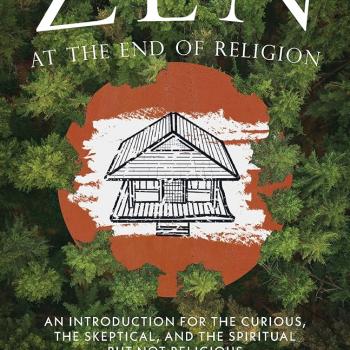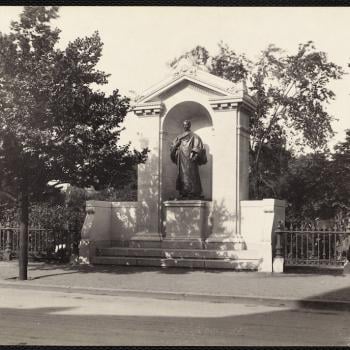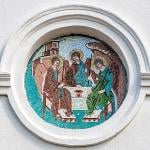http://www.youtube.com/watch?v=WCvuo_NZcjo
On this day in 1930, Mohandas Gandhi began his march to Dandi, beginning what has come to be called the Salt Satyagraha.
This event could be seen as the moral turning point in the world court of public opinion for Gandhi’s nonviolent campaign to win independence for the Indian people.
It was also a concrete example of the great circle where Henry Thoreau’s nonviolent resistance, at least in part inspired Mohandas Gandhi, who in turn would inspired Martin Luther King, Jr.
The video above is from the actual march. The clip below is the dramatic reenactment of this campaign from the film “Gandhi.”
http://www.youtube.com/watch?v=u_Gasq6qfzUAt the UUA website there’s some interesting guidance to reading more deeply into Mohandas Gandhi’s teaching of Satyagraha.
Studying Gandhi’s life grounds UU peacemakers in the common story of a spiritually-motivated and fallible person whose “experiments with truth” identified the power of nonviolent activism. The feminist critique of Gandhi’s inadequate parenting and sexual dis-ease can be acknowledged without destroying his value to peace making. Familiarity with Gandhi’s life and creative approaches gives a common framework and Language for linking with global nonviolent activists.
* Gandhi: His Life and Message for the World, by Louis Fischer, The New American Library, 1954.
This brief, journalistic account of Gandhi’s life and philosophy was the basis fo the movie “Gandhi”. Fischer was the first respected biographer.
* Gandhi the Man, by Eknath Easwaran, Nilgiri Press, 1978.
The reflective narrative, black and white photos, as well as many brief quotations bring Gandhi to life. Easwaran’s spiritual guidance and meditation method is useful for many UUs. The author’s spiritual and practical nature comes through. Flinders’ appendix in the 1978 edition is an excellent description of “satyagraha”.
* Gandhi’s Pilgrimage of Faith, by Uma Majmudar, State University of NY, NY, 2005.
Fowler’s stages of faith development is familiar to many UUs; Majmudar’s application of the theory to Gandhi’s life concentrates on his active and public spiritual journey. This approach maintains Gandhi’s humanity and shows the possibilities for development by every spiritual seeker willing to surrender to ever-expanding awareness of Truth. As Gandhi said, “It is by a process of trial and error, self-search and austere discipline, that a human being moves step by painful step along the road to fulfillment.” (p. 234 in Majmudar)
The translated language and style of Gandhi’s original writings can be tedious for contemporary U.S. readers. Beacon Press published his autobiography, My Experiments with Truth, in 1957. UU minister Homer Jack compiled The Wit and Wisdom of Gandhi, published by Beacon in 1951 and The Gandhi Reader: A Sourcebook of His Life and Writings, in 1956.
One spiritually-oriented collection of his words is The Way to God, Berkeley Hills Books, Albany, CA, 1999.












